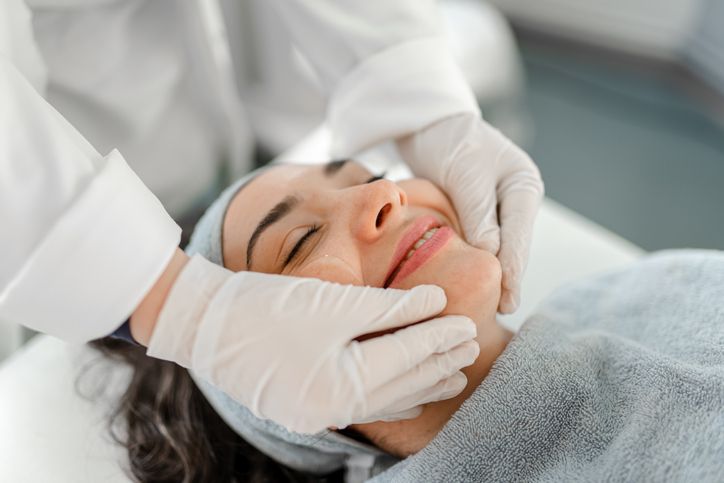Laser Therapy for Chronic Folliculitis: A Beautician's Guide
For many beauticians, treating skin disorders like chronic folliculitis presents a unique challenge. This condition, characterized by inflamed hair follicles, causes discomfort and affects a client's self-esteem. Fortunately, advancements in aesthetic treatments offer promising solutions. Laser therapy, a modern approach, is increasingly becoming the go-to treatment for managing this persistent condition. By using targeted light energy, laser therapy helps in reducing inflammation, removing unwanted hair, and promoting healthier skin.
As a beautician, understanding how laser therapy for chronic folliculitis works is essential. This knowledge enables you to provide effective advice, tailor treatments, and achieve optimal client satisfaction. Let's delve deeper into this fascinating topic and explore how it can be integrated into your beauty practices.

The Science Behind Laser Therapy
Before integrating laser therapy into your treatment portfolio, it's vital to grasp its underlying science. Laser therapy uses concentrated beams of light that penetrate the skin layers to reach the follicle. This light is absorbed by the pigment in the hair, which then converts to heat, effectively destroying the follicle's ability to regenerate hair.
Benefits of Laser Therapy
One significant benefit of laser therapy for chronic folliculitis is its precision. It targets affected areas without damaging surrounding skin tissues. Sessions are usually quick, minimizing client downtime, and offering long-lasting results. Moreover, this method not only treats existing inflammation but also prevents future occurrences, making it an excellent preventive care measure.
Implementing Laser Therapy in Your Practice
Implementing laser therapy in your beauty practice requires careful planning and execution. As a beautician, it's crucial to assess each client's specific skin type and condition to customize treatment plans effectively. Initiate treatments with a thorough consultation, discussing potential outcomes and any possible side effects to ensure clients have realistic expectations.
Training is paramount. Ensure that you and your team are well-versed in operating laser technology and adhering to safety protocols. Partnering with reputable suppliers that offer high-quality laser machines can significantly enhance treatment efficacy.
Aftercare and Client Education
Aftercare is an integral component of laser therapy. Educating clients on post-treatment skincare can significantly improve results and reduce side effects. Encourage clients to keep treated areas moisturized, avoid sun exposure, and follow personalized skincare routines.
As a beautician, your role extends beyond performing treatments. Providing ongoing support and guidance can foster long-term client relationships. Encourage discussions, openness, and feedback to continually refine treatment processes.

Frequently Asked Questions
Does laser therapy permanently cure chronic folliculitis?
While laser therapy significantly reduces symptoms and flare-ups, it may not completely cure chronic folliculitis. Regular maintenance sessions might be necessary for sustained results.
Are there any side effects associated with laser therapy?
Clients might experience temporary redness, swelling, or discomfort post-treatment. These effects usually subside within a few hours. Thoroughly discussing these possibilities with clients beforehand is crucial.
How do I know if my client is a suitable candidate for laser therapy?
Suitability for laser therapy depends on one's skin type, folliculitis severity, and overall health. Conducting a thorough assessment and possibly consulting with dermatologists can help determine candidacy.
For more insights on managing folliculitis, explore resources like WebMD or Warm Compress for Folliculitis Relief. Incorporating holistic approaches alongside laser therapy can enhance treatment outcomes.

